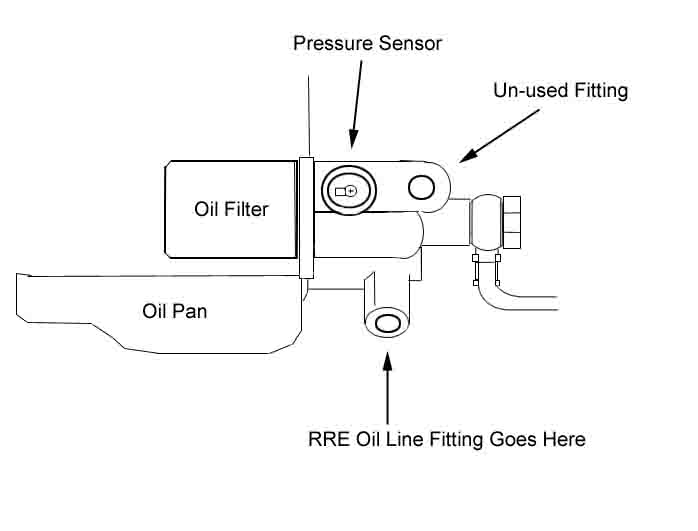Can an oil feed line from the filter housing give off too much
pressure for a ball bearing turbo?
Was wondering If I should use the factory oil feed location from the
head for a dual ball bearing.
Would you recommend an inline filter, or does the RRE oil feed line already have a filter in the line.. I'll ask around to one of my friends at RRE..
Thanks!
pressure for a ball bearing turbo?
Was wondering If I should use the factory oil feed location from the
head for a dual ball bearing.
Would you recommend an inline filter, or does the RRE oil feed line already have a filter in the line.. I'll ask around to one of my friends at RRE..
Thanks!












